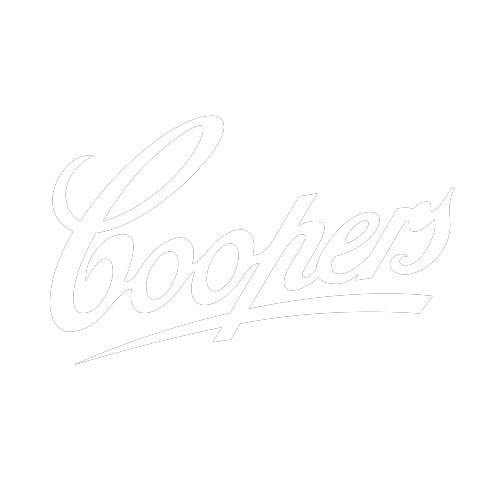Amalia Pica
Please Open Hurry
18 November–10 March 201818 Nov–10 Mar 2018
Ground Floor Gallery
#AmaliaPica
This second chapter of Amalia Pica: Please Open Hurry presents a series of new commissions exploring the techniques, potentials, and shortcomings of communication between species. It continues Amalia Pica’s longstanding consideration of language, comprehension, misunderstanding, translation, and listening. Her inquiry took on a new subject through observing the lives and single tool use of chimpanzees in Nigeria in 2014, as part of the Gashaka Primate Project artistic residency. Pica further deepened her understanding of communication with and between great apes through a residency at the Boulder Museum of Contemporary Art, where she connected with leading specialists.
In the science community, language experiments with non-human species are controversial. This is partly due to philosophy and ethics (such as understandings of personhood and animal rights) and partly due to challenges to the definition of language (which continues to fuel debate on the capacity for humans and other great apes to communicate with one another).
Apes have demonstrated remarkable cognition and communication, using sign language and complex pictorial symbols to demonstrate their understanding of human commands and objects. These studies, however, remain inconclusive, partly due to the shifting ideas of what constitutes language. As dedicated to their subjects as the researchers are, they rely on captivity and the imposition of a system, rather than observation of apes’ spontaneous behaviour.
Pica’s research has evolved into a number of works: three video works created with filmmaker Rafael Ortega, a choreographed dance with Brisbane-based dancer Michael Smith, three groups of cast objects, and a large-scale sculpture featuring 254 handmade collages.
The first gallery in the exhibition features three works responding to Pica’s time in Nigeria. The two video works and sculpture consider the conditions of observation,between humans and their non-human subjects, and between species who inhabit the same space on an ongoing basis: Megaponera analis (African predatory ants) and Pan troglodytes ellioti (chimpanzees). A single cast-silver stick bridges the relationship between the chimpanzees depicted in the video and the ants moving across the monitor. It is an ape tool transformed by the artist into silverware.
The second gallery includes three new commissions that build on devices and techniques used in language experiments with great apes, as well as an ode to spontaneous intentional gesture use across different species of apes, independent of human attention. They take inspiration from distinct approaches of primatology developed over the past half-century, from sign-language (for example, ‘please open hurry’ is a simple sentence uttered by Washoe, one of the signing chimps) to the development of lexigrams (a graphic language known as Yerkish, in honour of Robert Yerkes, who founded one of the first primate research centres in the US) to observation-focussed approaches to understanding how animals communicate without human interference.
Please Open Hurry tours to Perth Institute of Contemporary Arts, 4 August–7 October 2018.
The project has been developed in partnership with The Power Plant, Toronto, and Perth Institute of Contemporary Arts, with the generous support of the Keir Foundation.
Off-Site Venues
- 04 Aug–07 Oct 2018
Amalia Pica was born in Argentina and lives in London. In 1995, she did a one-year student exchange to Brisbane. She has had solo exhibitions at the Institute of Modern Art, Brisbane; NC Arte, Bogotá; Kunstverein Freiburg; Van Abbemuseum, Eindhoven; Museo Tamayo, Mexico; Museum of Contemporary Art, Chicago; MIT List Visual Arts Center, Cambridge; and Chisenhale Gallery, London. She has participated in group exhibitions at Museum voor Actuele Kunst, Ghent; MassMoCA, North Adams; Kunsthalle Wien, Vienna; Centre Pompidou, Paris; Whitechapel Gallery, London; and Solomon R. Guggenheim Museum, New York. Her work featured in the 2016 Gwangju Biennale and 2011 Venice Biennale.






